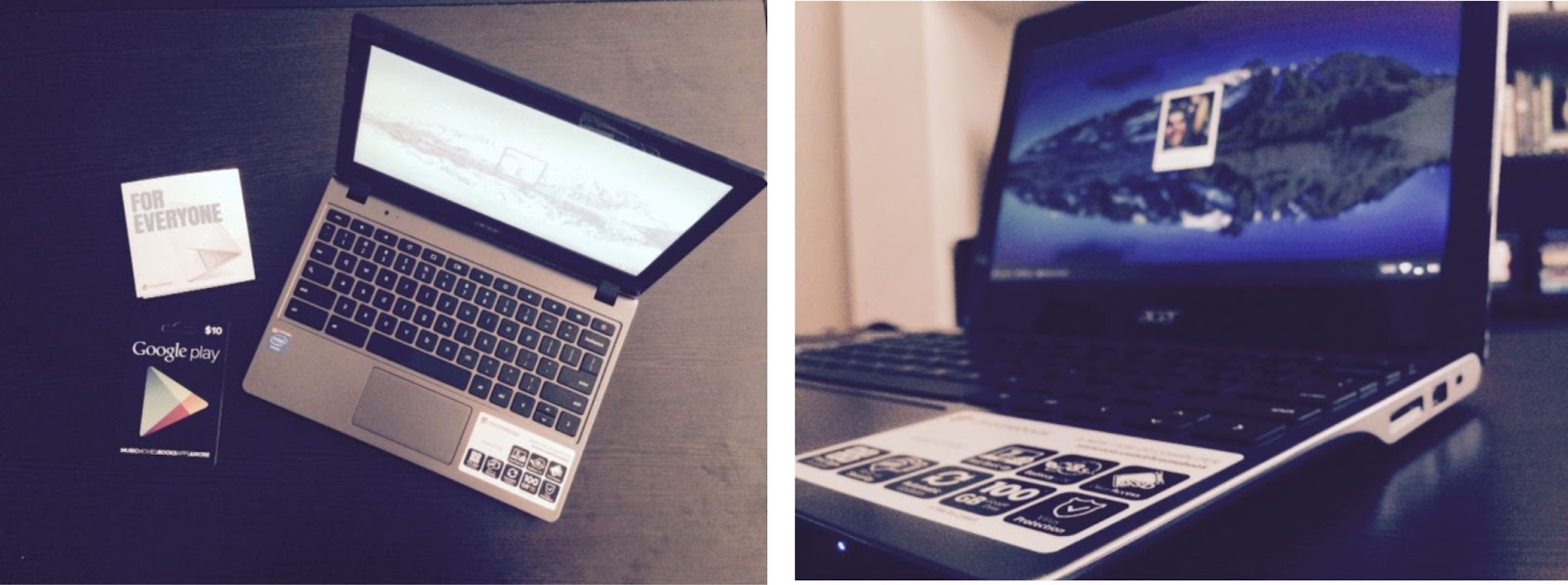 |
| Ello screenshot courtesy of StarTribune.com |
Social media platforms haven't grossed over a billion global users by chance. The leverage of these networks lies in their reliance on full self-disclosure, an activity that a recent study suggests may mimic the same kind of pleasure we get from eating, making money and having sex. Social media is addictive.
Advertisers all over are tooting their party horns and tossing confetti at the fact that 2014 has been branded the "year of social media advertising." Platforms like Facebook, Twitter, Instagram and Pinterest are taking full advantage of their addicted audiences by monetizing from implemented advertisements. These partnerships, especially those made with Facebook, the world's leading social media platform, have been met with oodles of user scrutiny.
As a millennial and up-and-coming advertising grad, I recognize social media for both its Dr. Jekyll and Mr. Hyde attributes. I must admit, though, I teeter more toward viewing it as n invaluable marketing tool rather than a pop-up whirlpool privy to the abolition of personal privacy. Maybe I'm an optimist. Or maybe I know, though most people don't, that advertisers aren't out to eat souls. They just want to make money.
The Average Janes and Joes disagree, and now they're fighting back. A new social platform called Ello prides itself on being the "anti-Facebook," mainly in the manner that it will devoid of advertisements. It also boasts exclusivity, a concept Mark Zuckerberg employed when he first created Facebook as an online hub for Harvard students.
 |
| Screenshot of Ello feed. Photo courtesy Sharon Profis/CNET |
Mashable opinion columnist Lance Ulanoff says amateur design and poor usability makes the startup "no Facebook killer." It's also worth noting that Ello's lure of unadulterated content holds up poorly next to social networks that are already ad-free, like Google+. So then, what's to blame for all the hype? Is there a stronger undercurrent brewing over at Ello that's responsible for the wash up of eager users on its shore?
Persuasion in advertising steals from three categories: pathos (emotional appeal), logos (message content) and ethos (credibility of the source). The message motivating the creation of Ello is clear: an ad-free experience molded by approved membership. The platform's credibility is too weak to generate substantial usership, as Ulanoff points out. What Ello really has going for it is its play on pathos. Upon entering the site's "About" page, users are greeted with an eery explanation of the network's anti-ad origins:
"Your social network is owned by advertisers. Every post you share, every friend you make and every link you follow is tracked, recorded and converted into data. Advertisers buy your data so they can show you more ads. You are the product that’s bought and sold."
 |
| This message makes up what Ello is calling its "manifesto." Photo courtesy Vox.com. |
Only time will tell if Ello's scare tactics will be enough to keep users hooked or if marketing enlightenment will empower them to turn back to the ad-ridden networks they love.
Do you think an age of ad-free social networking is upon us? Will Ello crash and burn before ever taking off? Share your story below!







